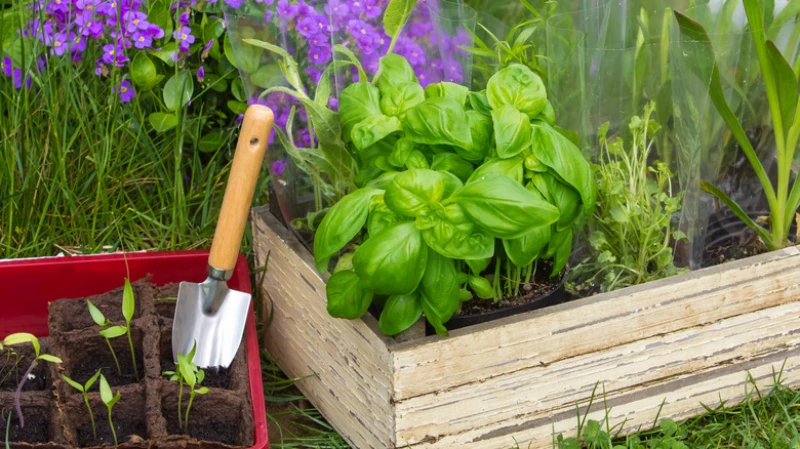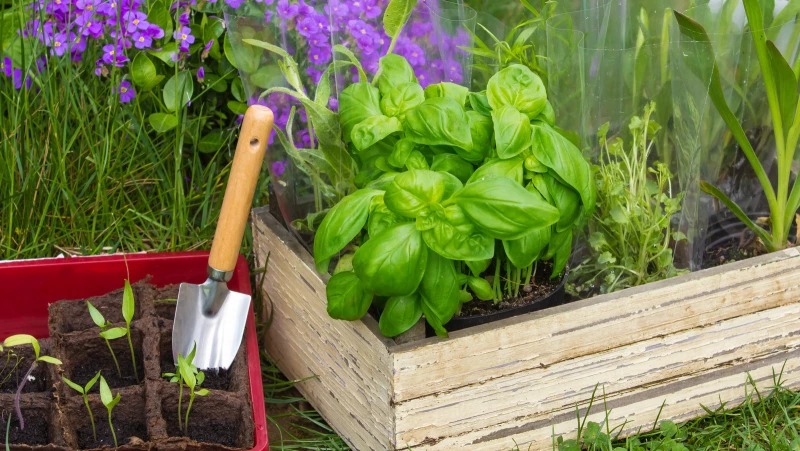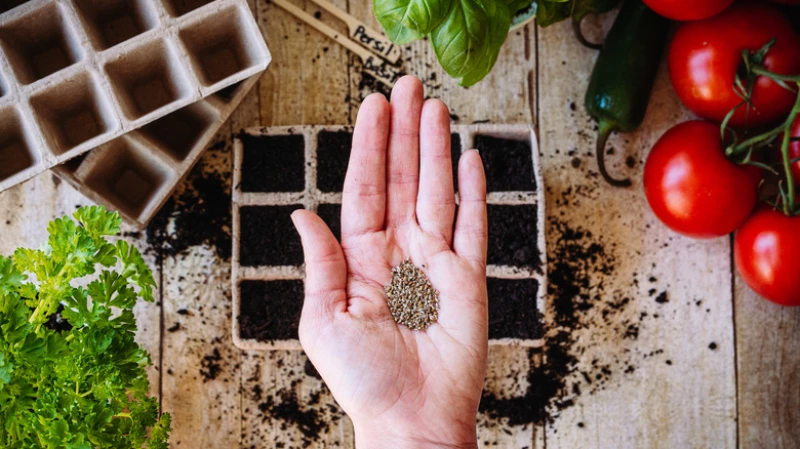When to Plant Basil for Optimum Growth and Flavor
With its sweet and savory flavor, bright green foliage, and versatile uses, basil is a delightful herb to grow in your backyard garden. However, knowing when to plant basil for the best results can be a challenge. Planting it too early can expose it to frost, while planting it too late can lead to sun damage. Basil thrives in temperatures between 50 and 80 degrees Fahrenheit, with humidity levels around 40% to 60%. It requires six to eight hours of bright sunlight every day. Ultimately, there is no right or wrong time to plant basil as long as you have these ideal environmental conditions.
The best time to grow basil may vary depending on your location, so it's important to know your USDA hardiness zone. This will help you determine when the climate is suitable for planting basil. Here's a guide on when to plant basil and how to ensure it grows with optimum flavor.
Know Your USDA Hardiness Zone

Understanding your USDA hardiness zone is crucial for determining the best time to plant basil. Each zone has specific temperature and climate characteristics that can affect the growth and survival of plants. By knowing your zone, you can estimate when the conditions will be suitable for basil cultivation.
When to Plant Basil: A Guide Based on USDA Plant Hardiness Zones
Planting basil at the right time is crucial for a successful harvest. The USDA Plant Hardiness Zone can help you determine the best time to plant basil in your area. Here's a guide based on the different zones:
Zones 3 and 4
In zones 3 and 4, you can start your basil seeds indoors in early April or outdoors in early May. Plant the seedlings in the garden at the end of May.
Zones 5 through 7
In zones 5 through 7, you can start the basil seeds a little earlier. Begin planting them indoors around early March or outdoors in April. Plant the seedlings at the end of May.
Zones 8 and 9
Zones 8 and 9 have warmer climates. It is safe to start the basil seeds as early as January or February indoors and plant them around the beginning of March, after the final frost of the season has passed.
Zones 10, 11, and beyond
In zones 10, 11, and beyond, it's best to skip planting basil during the spring and summer seasons. Wait until October to start the seeds indoors, then plant outdoors around the first of December. You can harvest basil throughout the winter, as frost is rare in these zones. Freeze or dry the fresh leaves for use throughout the summer.
Remember to consider the hardiness of different basil varieties in your area. Research which variety will thrive in your climate while still providing the flavor you desire.
Planting your basil at the right time is key to ensuring a healthy harvest, but that doesn't mean you should just set it in the soil and forget it. There are more gardening techniques you should know in order to get the sweetest, most flavorful basil leaves. If you notice flowers blooming on your basil, admire them for a moment, then quickly snip them off! If basil plants are allowed to mature to "go to seed," they can become surprisingly bitter. Be sure to water your basil evenly and consistently, — about 1 inch of water once per week — since too much or too little water can also affect its flavor.
When you harvest basil, take the newer, tender leaves from the upper tiers or snip off the stem of the upper portion of the plant entirely. It's best not to harvest the lower leaves, as these won't grow back once they're plucked. Don't worry; the basil plant will recover and grow more leaves as long as you leave at least two-thirds of the plant intact. In fact, the more you harvest, the more it will grow, and the better your basil will taste. Basil plants need regular pruning about every three to four weeks to stay sweet and prevent flowering.








